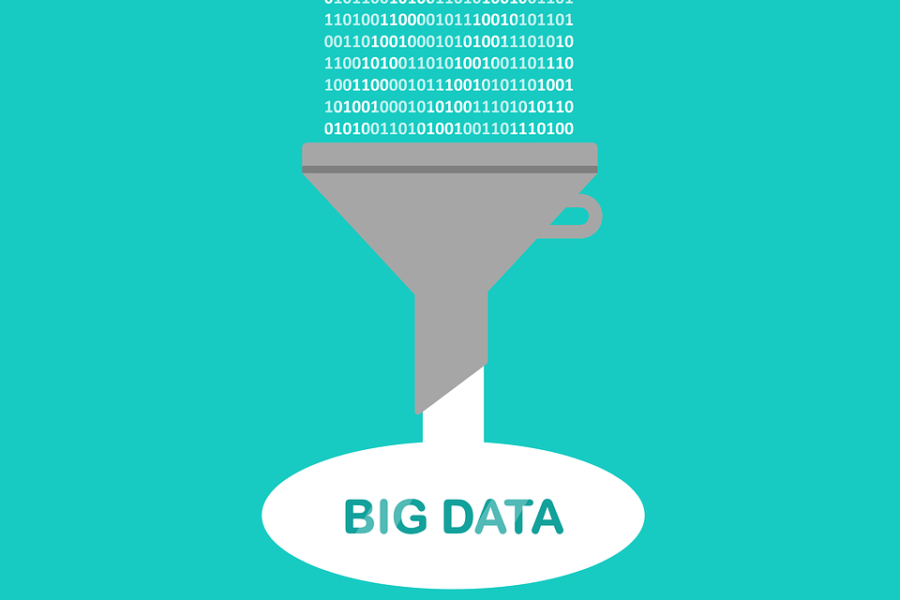The Rumsfeld Matrix as an effective tool in the decision-making process
During a briefing on the Iraq War, Donald Rumsfeld divided information into 4 categories: known known, known unknown, unknown known, unknown unknown. ...

The modern world is made up of data. The daily amount of data generated is 2.5 quintillion bytes (Google search, online shopping, smartphones usage, pictures, videos review, etc.). Companies’ success largely depends on how well they work with their data.
The term «Big Data» appeared because of data amount increase. But how do you know exactly if the corporate data is big? There are 5 main characteristics that define big data: volume, velocity, variety, veracity, value.
Volume
The first Big Data characteristic is volume. Every minute a huge amount of data is generated, which equates to the amount of data generated from the beginning of time to the year 2000. Data amount that needs to be processed every day reaches terabytes and petabytes. The explosive growth of data has led to the development of new technologies and strategies. For example, tiered data warehouses that provide secure collection, analysis and storage of information.
Velocity
The speed of generating and moving data is the second Big Data characteristic. Any user action on the Internet creates data that must be processed instantly: sending a message, viewing the feed of social networks (Facebook, Instagram), online shopping, etc. Anyone can represent the amount of data by assessing the number of personal actions per day and adding to this actions of people around the world. Therefore, processing speed is a key characteristic of big data.
Variety
Data can be structured, semi-structured and unstructured. The processing algorithm may differ depending on the data type. In addition to structured data, big data also includes unstructured data: text, images, video, voice files, and other unstructured data that cannot be fit into the frames of a regular spreadsheet. At the moment, there are technologies that allow to analyze both structured and unstructured data. This allows to take advantage of all the possibilities that data offers.
Veracity
Veracity is the next characteristics of Big Data. Because it comes from a variety of sources, it is important to understand the entire storage chain, metadata, and context to get accurate information. Reliable data drives effective analytics and business excellence.
Value
Data must be transformed into business value. To do this, it is imperative to develop a data processing strategy that combines goals and data that will help achieve them. Effective analysis helps to understand customer behavior and needs, optimize business processes, improve application performance, and be competitive. Regardless of what purpose the data is used for, it should definitely be useful and work «for the business».